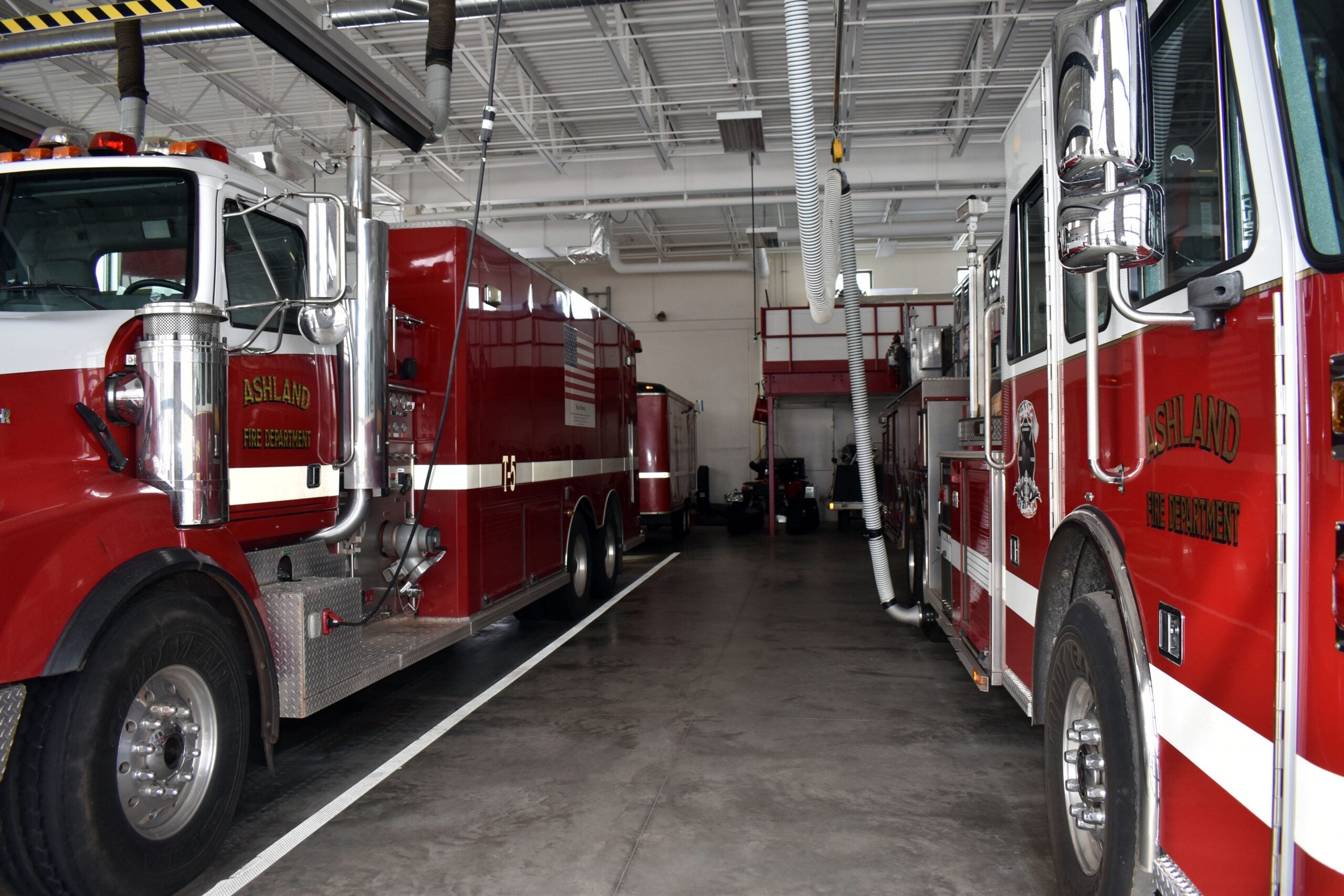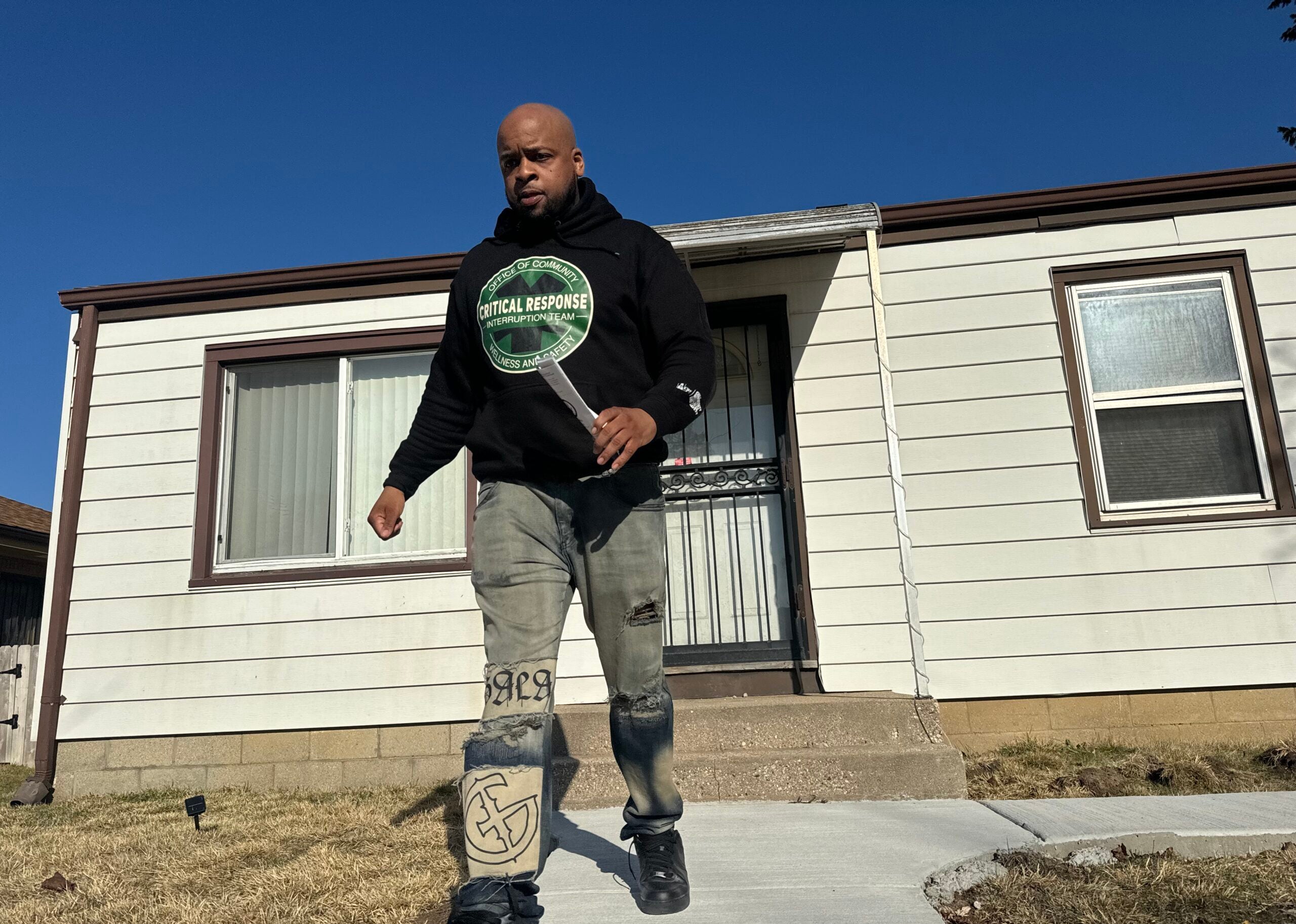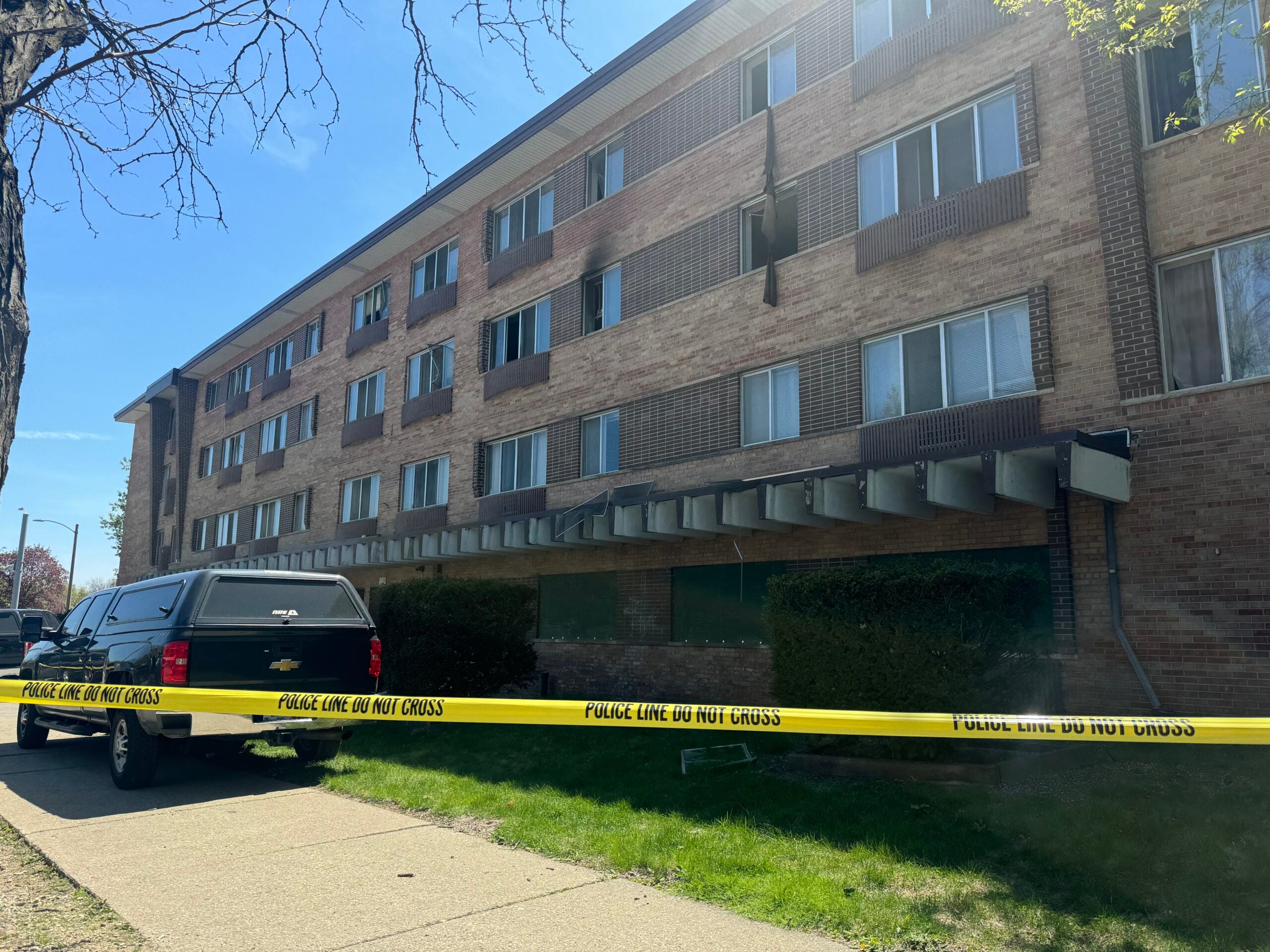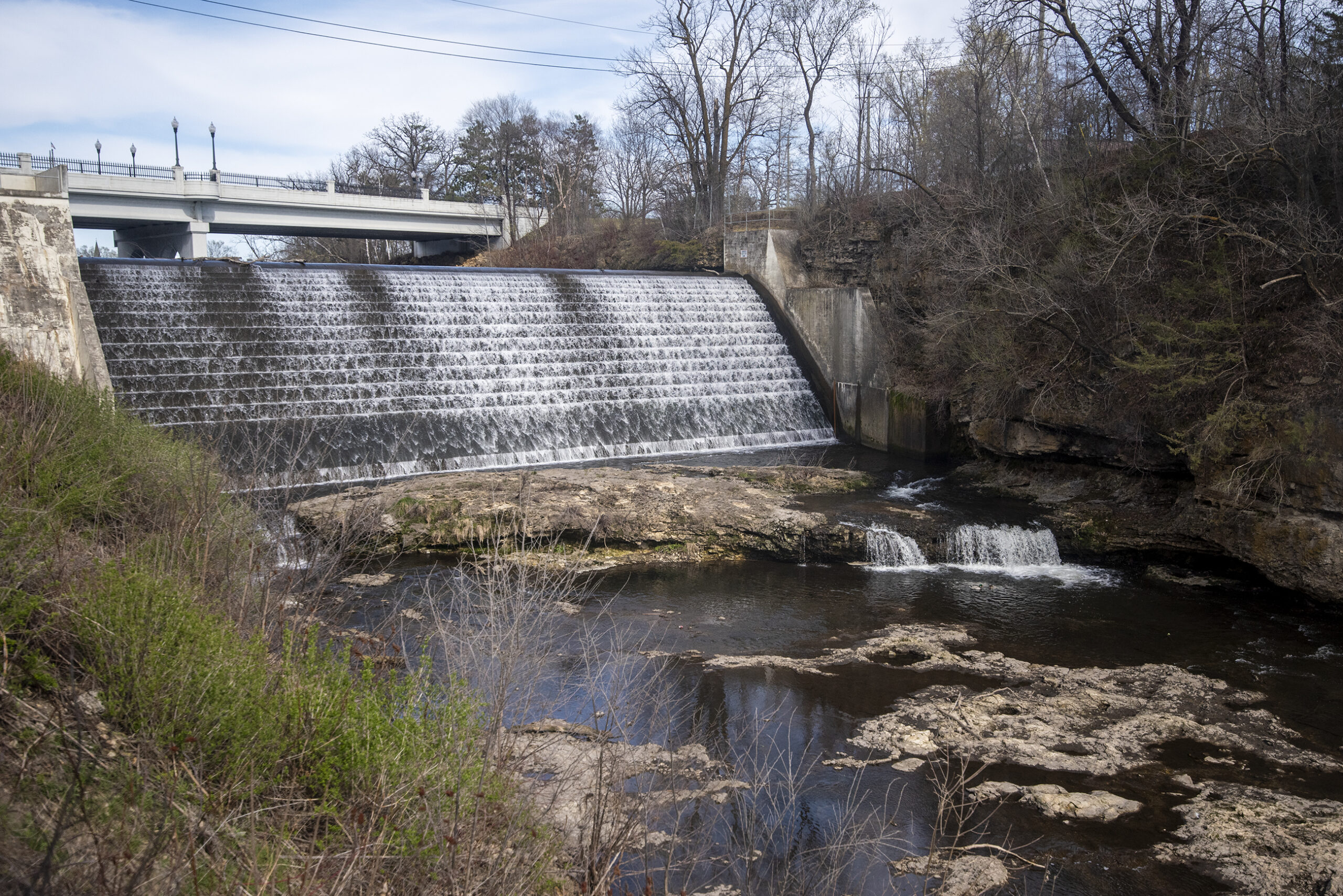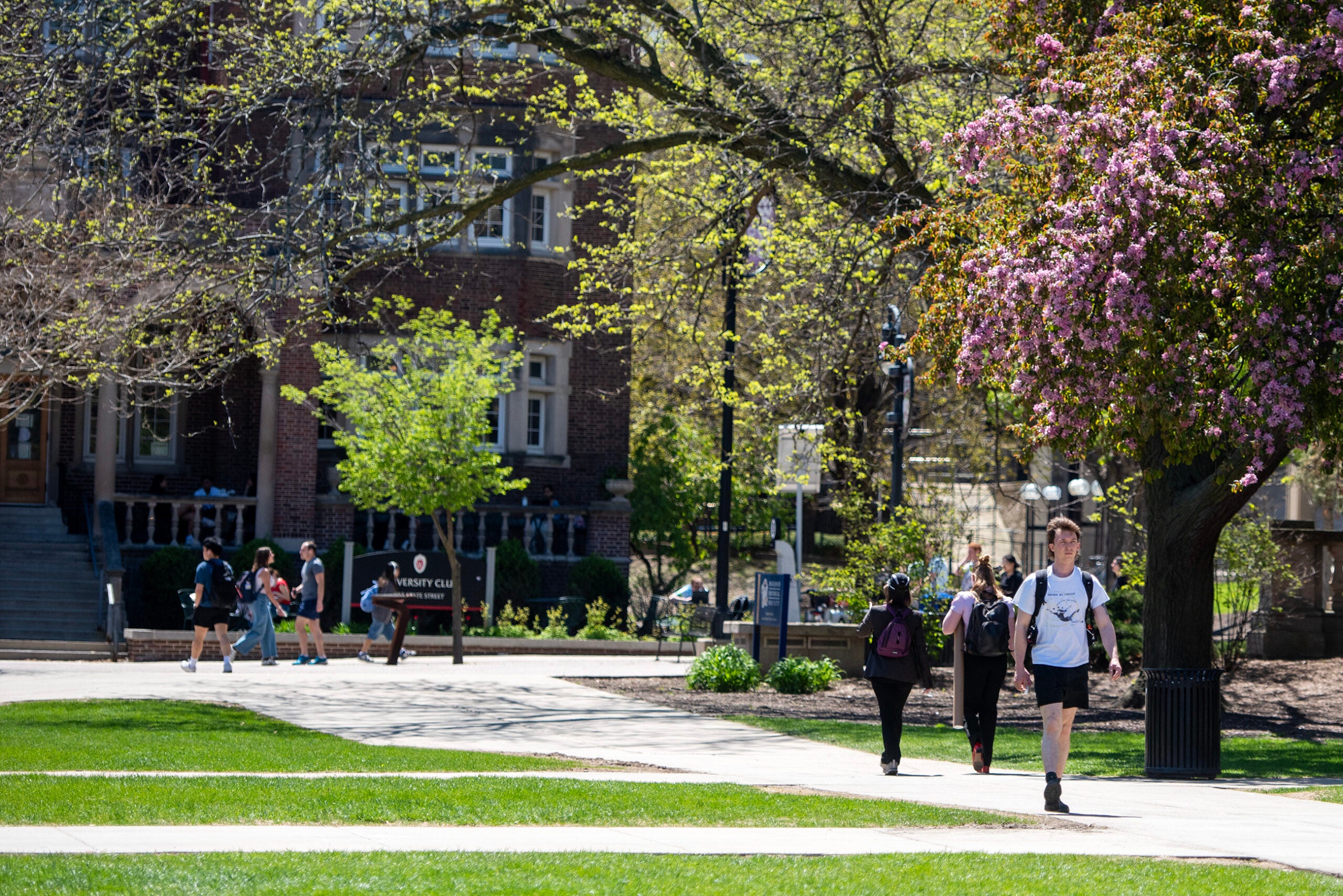When Josh Bostedt was hired as chief of Oconto Fire & Rescue almost three years ago, he was interested in expanding fire education from middle school students to high school kids. Bostedt said he hoped letting students try their hand at some fire-fighting skills would not only increase awareness of fire prevention but get the teenagers thinking about pursuing firefighting after graduation.
When he heard about the Youth Firefighter Training grant program created in the 2021-23 state budget, Bostedt said he immediately started working on the grant application to create a program with Northeast Wisconsin Technical College and Oconto High School. They received $17,982 in the program’s first round of funding last May and used it to buy gear for 10 students during the first class this fall.
“The grant for us was a very huge aspect in us being able to get these students in fire gear,” Bostedt said. “I did not have the availability within the Oconto Fire Department to even have a resource for gently-used fire gear. So for us, it was a huge help.”
News with a little more humanity
WPR’s “Wisconsin Today” newsletter keeps you connected to the state you love without feeling overwhelmed. No paywall. No agenda. No corporate filter.
Gov. Tony Evers has proposed renewing the Youth Firefighter Training grant program in his state budget proposal and doubling the amount of funding the program received in the last budget, with $100,000 in each budget year.
Recipients of the first grants say they’re hopeful the program will continue and will help address a shortage of firefighters serving the state’s mostly volunteer departments.
Of the eight students who finished the course at Oconto High School, Bostedt said four are working to get their state certification. He said two of those students are interested in joining Oconto Fire after they graduate.
“I had one that joined the class because he thought it would benefit him in applying for the military and I have a second one that is looking to become a chef and just had an interest in the fire service,” he said. “At the end of the course, he still has his mind set on becoming a chef, but he’s hopeful to be able to maintain that chef training and become that, but provide a service to the community wherever he is able to get that job.”
Tyler Ludeking, K-12 partnership specialist at Western Technical College in La Crosse, said giving students the opportunity to explore firefighting without the pressure or cost of a full-time program is what makes the high school training different.
“For them to be able to take advantage of this in high school for potentially a career path or a course that they might not otherwise explore because of financial costs, that’s a really cool opportunity for them as well,” he said.
Ludeking worked with the Onalaska Fire Department prior to the state grant program to create a two-part academy for high school students in 2021, offering a fire course during the fall semester and an emergency medical responder class in the spring. They used borrowed equipment from Western Technical College’s full-time fire program for the first class of nine students, with several students from regional high schools driving 45 minutes to an hour to attend the class.
After receiving $22,593 through the state grant program last May, Ludeking said the academy was able to buy their own equipment for their second class of 14 students this fall.
“We didn’t have to worry about stretching it thin. We were ensured that the quality of the equipment for the students was going to be appropriate as well,” he said. “Also it allowed us to consider purchasing materials for them … like the books and the curriculum side of things. All of those were important factors for our students to kind of bolster the already-successful academy, but really just to make sure that we had the financial support behind it for the students.”
Ludeking said four of the academy’s first students are now enrolled in Western Technical College’s full-time program to become career firefighters and two students joined their local volunteer departments. This year, Ludeking said he was excited to see two girls take the class, and he hopes the academy will encourage more women to join firefighting.
In northern Wisconsin, Eagle River Fire Chief Michael Anderson said he sees the high school program as a positive step toward increasing the limited number of opportunities for fire training.
Anderson said he’s wanted to start a fire training course for high school students since 2018. But he said the local technical college was concerned about the longevity of the program without additional support. When he found out about the state grant program, Anderson said he immediately went to the administrator of Northland Pines School District about applying for funding and starting a class. They received $4,050 in the latest round of grants this January and will host their first class of three students in the fall.
Anderson said he’s excited to finally be able to get young people involved, especially those who want to stay in northern Wisconsin and could help fill the growing need for more first responders.
“In our area, we’re on the cusp of not being able to service (our community), especially on the EMS side of things,” he said.
Anderson said Eagle River’s department only has about 20 paid volunteer members who can respond to calls, and they need at least 10 more people to be fully staffed. He hopes that the new high school class can be a feeder program not only for his department but other services in the region.
But he said the grant program alone may not be enough to fill the gap in Wisconsin’s Northwoods. He said the high school class only covers the start of the training needed to become state certified.
“It’s a step in the right direction,” he said. “Hopefully, it will be able to give a kick-start, you know, make it easier for people to get that education.”
Wisconsin Public Radio, © Copyright 2025, Board of Regents of the University of Wisconsin System and Wisconsin Educational Communications Board.

